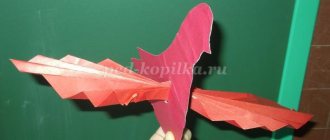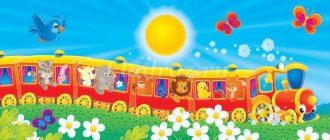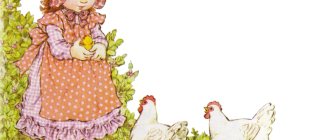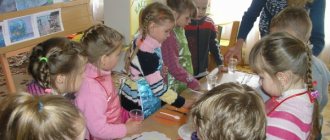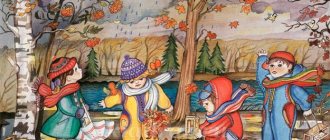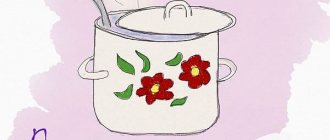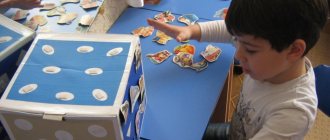Fairy tales have several functional features:
1. The text of fairy tales can evoke an emotional resonance in both children and adults. Fairy-tale images immediately affect 2 levels of the psyche - conscious and subconscious.
2. As in history, the main and most valuable thing in a fairy tale is a well-chosen metaphor. Its idea may contain a description of vital phenomena, setting goals, vital values, or describe the author’s inner world if the author’s fairy tale is being told.
3. The fairy tale carries symbolic information about how to learn to forgive and how to properly build relationships with others, how to acquire friendship and love and appreciate them, what stages girls and boys, women and men will have to overcome for self-realization, what difficulties can be encountered in life and how to learn to overcome them, who created our world and how this world works, what values should be guided in life, as well as what changes happen to people at different periods of life.
Fairytale therapeutic diagnostics
Psychodiagnostics of a child’s condition can be carried out, for example, through the use of certain dolls and fairy tales, which make it possible to identify certain problems.
For the first acquaintance, it is recommended to use a “beautiful” doll with huge eyes, fluffy and long eyelashes, shiny and thick hair.
To diagnose family relationships, psychologists recommend using flexible rubber dolls, because a static doll can frustrate the baby (disappoint him).
Directly making dolls will help identify deep problems in teenagers and older children. You can use regular foil for this.
After meeting the doll or making it, you need to conduct a diagnostic conversation. It can represent the same telling of a fairy tale by a child, placing a doll in a certain situation.
While telling a story or fairy tale, the child unconsciously combines his thoughts with the thoughts of the doll, puts his experiences into it and thereby tells it to adults. The fact is that in most cases, children do not identify themselves with people - they tend to identify with a fairy-tale character or animal, because the imaginative world is more developed in them.
During the child’s story, an adult can ask interesting questions, the answers to which will help adults understand what the child’s emotional state is and his fantasies about the further development of events.
Types of fairy tales
It is customary to distinguish 6 main types of fairy tales , each of which has its own purpose and special therapeutic effect:
1. Fictional tale. These tales contain centuries-old wisdom, which the people put into them thanks to their own bitter experience. This also includes original stories, which are essentially the same fairy tales, parables, and myths. A fictional tale has a didactic, psychotherapeutic and psychocorrective effect. Initially, it was not created for treatment at all, but today this type of story is successfully used by a huge number of psychotherapists.
2. Folk tale. The oldest folk tales are usually called myths. The oldest basis of fairy tales and myths is the unity of nature and man. In ancient consciousness, it was customary to revive human relationships and feelings (grief, love, suffering, etc.), to personalize them. The same approach is used today in fairy tale therapy.
